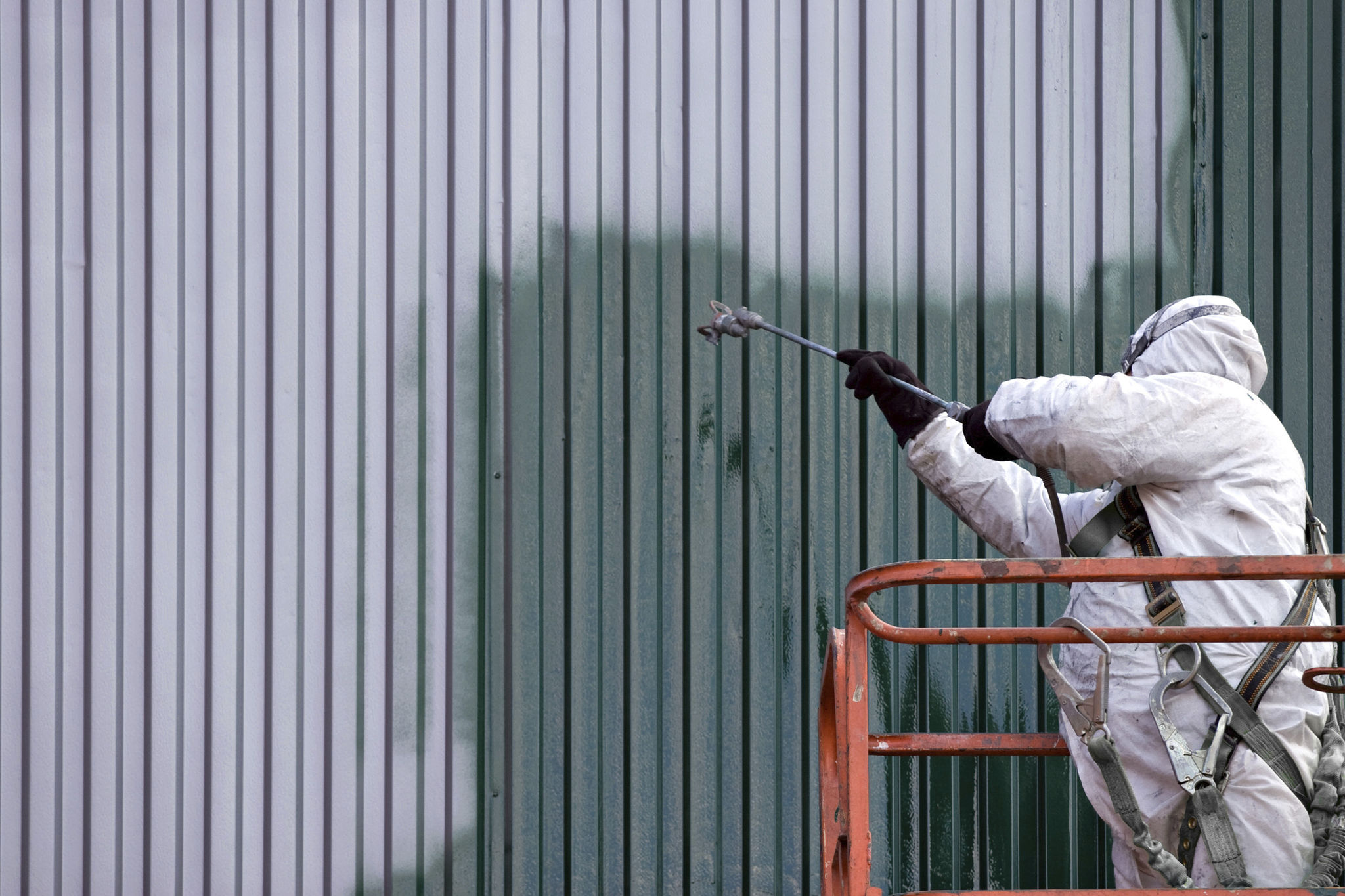Dispelling Myths About Commercial Painting Projects
Understanding Commercial Painting Projects
Commercial painting projects are often surrounded by a variety of myths and misconceptions. Many people assume that these projects are just like residential painting, only on a larger scale. However, the truth is that commercial painting involves unique challenges and considerations that require specialized expertise. By dispelling these myths, businesses can make more informed decisions when planning their painting projects.

Myth 1: All Paints Are the Same
One common myth is that all paints are created equal. In reality, commercial painting requires specific types of paint that can withstand heavy use and environmental conditions. Factors such as durability, coverage, and finish are critical when selecting paint for commercial spaces. Using the wrong type of paint can lead to premature wear and increased maintenance costs.
Moreover, commercial environments often have specific requirements, such as low-VOC paints to maintain air quality or anti-microbial coatings for healthcare facilities. It's essential to choose the right products to ensure the longevity and safety of the painted surfaces.
Myth 2: Commercial Painting Can Be Done Quickly
Another misconception is that commercial painting can be completed quickly without disrupting daily operations. While experienced contractors can minimize downtime, the process still requires careful planning and execution. Factors such as surface preparation, drying times, and multiple coats must be considered to achieve a high-quality finish.

Proper scheduling is crucial to avoid impacting business activities. This might involve working outside of regular business hours or in phases to ensure areas remain operational during the project. Rushing a job can compromise the quality and appearance of the final result.
Myth 3: Any Painter Can Handle Commercial Projects
Some believe that any painter can handle a commercial project, but this isn't the case. Commercial painting demands a specific set of skills and experience that not all painters possess. It is vital to hire contractors who specialize in commercial work and understand the complexities involved, such as working at heights, managing large teams, and adhering to safety regulations.
Professional commercial painters also have access to specialized equipment and techniques that ensure efficiency and quality. Investing in experienced professionals can save time and money in the long run by avoiding common pitfalls and ensuring a superior finish.

Myth 4: Cost Cutting Is Always Beneficial
Businesses often seek ways to reduce costs, but cutting corners in commercial painting can lead to more expenses over time. Opting for cheaper materials or inexperienced contractors may result in frequent repairs or repaints, which can disrupt operations and increase overall costs.
An investment in quality materials and skilled professionals ensures a durable and aesthetically pleasing outcome. It also helps maintain property value and enhance the business's image, which is crucial for attracting clients and customers.
Myth 5: Color Choice Doesn't Matter Much
The final myth is that color choice is insignificant in commercial settings. In reality, colors play a crucial role in setting the atmosphere and brand identity of a business. They can influence customer perceptions, employee productivity, and even energy efficiency.
Selecting appropriate colors requires understanding both aesthetic appeal and psychological impact. Professional painters can provide insights into color trends and how different hues can align with brand values and objectives.
- Evaluate needs based on space use.
- Select durable materials suited for specific environments.
- Engage experienced contractors for quality work.
By addressing these myths and understanding the true nature of commercial painting projects, businesses can make better decisions that enhance their spaces and support their goals. Whether it's selecting the right materials or hiring skilled professionals, informed choices lead to successful outcomes.
